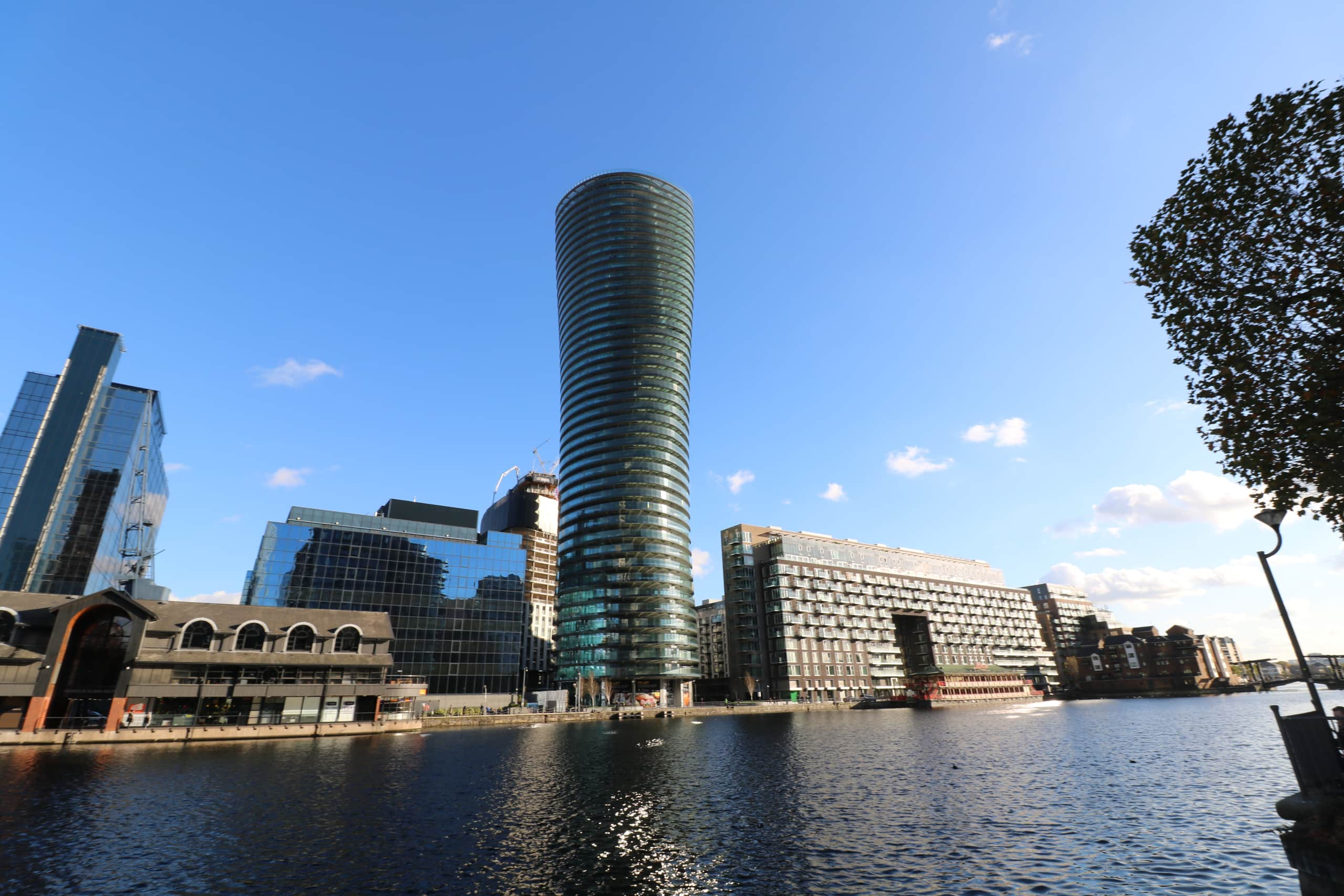Recycled Material & Sustainability
Aluminium has played a significant role in striving towards a more sustainable and innovative climate solution that is proven to be remarkably useful to construction industries and customers alike. Recycled material should not be underestimated when it comes to sustainability. As a highly durable metal, aluminium can come in different shapes, qualities and grades based on your requirements, thereby making it an incredibly versatile material to work with.
However, with industry attention often placed firmly on sustainable economies, how do recycled materials such as aluminium stack up?
Aluminium Extrusion
All forms of manipulating materials for light, heat, or movement require energy, often sourced from unsustainable fuels like oil, natural gas, or coal, resulting in harmful emissions. Sustainability has been a major focus over the last fifteen years, urging industries to shift away from fossil fuels and adopt greener energy sources like wind, solar, and hydropower to curb emissions. Aluminium extrusion, a process of refining aluminium shapes, has gained traction in product design and manufacturing by simplifying construction. With the ability to extrude aluminium into various strength grades and up to 70% recyclability, it demonstrates a strong strength-to-weight ratio. This process, combined with different aluminium grades, allows for customizable shapes and thicknesses of components, reducing carbon emissions impact by up to 44%.
ESG Explained
Given that many companies globally are adopting an ESG framework, it’s crucial to understand exactly why ESG is important from a sustainability perspective. ESG goes beyond simple carbon-cutting measures and incorporates environmental, social and governance strategies into a business at a fundamental level.
Recycled content contributes to the Environmental pillar of ESG. By reducing our amount of aluminium extrusion as a company, we can further reduce energy consumption and waste generation as a by-product of it.
The Social and Governance pillars also benefit from recycled content. By engaging in responsible sourcing and manufacturing, Sapphire has led the way in giving back to the community by reducing our overall carbon emissions through innovative product iterations and recycled materials in our balconies. Further to this, thanks to strong management, we can ensure transparency and effective implementation of our recycled materials to align with our sustainability objectives, leading up to the year 2030 and beyond.
Sapphire's Vision 2030
Learn more about Sapphire’s sustainability efforts....
Explore our ESG strategyHow valuable is recycled material if you can’t prove it’s recycled?
Reaching Net Zero carbon emissions is an absolute for a company aiming for sustainable practices, but carbon credits and greenwashing aren’t the way to go about it. To strive for true sustainability, you need to prove that your material is actually recycled and provide a form of traceability to show the source of the material.
Attempting to find the source of all materials can be strenuous and so many companies opt to buy carbon credits in an attempt to offset their carbon emissions. However, this is not true sustainability as these credits simply ‘allow’ a company to avoid what they might see as an inconvenience. For true sustainability, either traced recycled materials must be used or other methods of reducing carbon emissions must be considered, such as reducing levels of transport, reducing the amount of material in your product or by making sure your waste products are recycled properly.
Shortages and Cost
Global demand for aluminium profiles and the means to extrude them has remained strong into late 2023. Considering the enduring influence of the coronavirus pandemic, the ongoing conflict in Ukraine and the continuing impact of Brexit, increased global demand is still an issue and has forced many countries to increase production, leading to scarcity of supply.
White City M&S - Case Study
See how White City fares from an environmental perspective....
Read the case studyThe Limitations of Recycled Material
Limiting your opportunities by focusing too heavily on achieving a highly recycled material can be a hurdle for many buyers of extruded aluminium. The importance of recycled content should lie in the weight of CO2 per item, not the percentage of recycled content in the materials themselves. Reducing the total emissions in a product is far more sustainable than increasing the percentage of recycled content used, as the less embodied carbon used by weight will directly impact how sustainable a product can be.
There are no hard and fast rules on what you should or should not do when it comes to the materials you use, but by staying informed on the role of recycled material, we can all make more informed and more viable choices. Adopting a well-thought-through ESG strategy can make a great difference to your approach to sustainability and Sapphire are proud to have published their ESG strategy earlier this year, available at https://balconies-staging.positive-dedicated.net/vision2030/.
